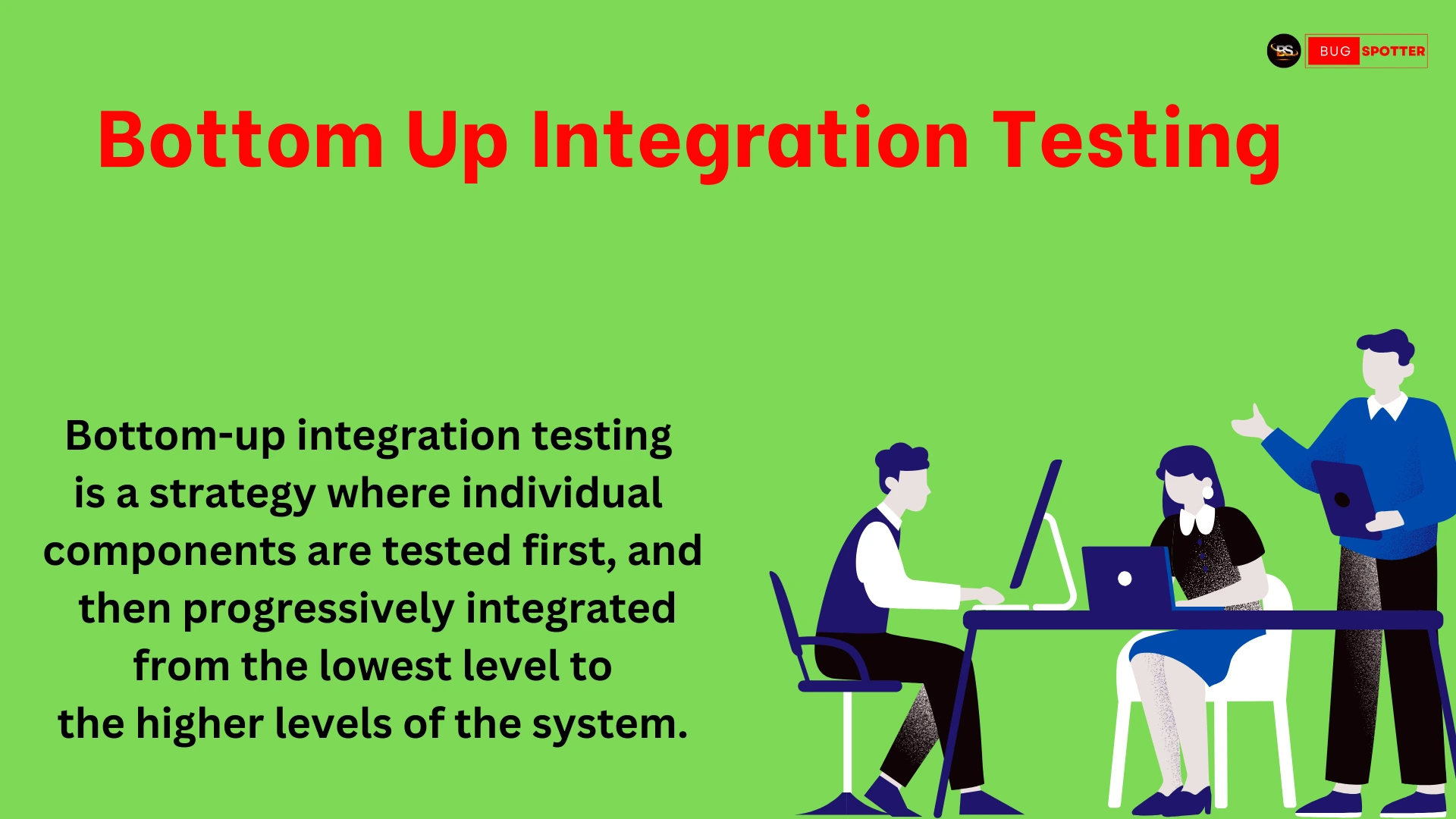Software Testing Life Cycle

Software Testing Life Cycle (STLC) is a systematic process that ensures software quality through various testing phases. It is a crucial component of the Software Development Life Cycle (SDLC) and is used to detect and resolve defects before deployment. Understanding the theory behind STLC helps in structuring and implementing effective testing methodologies.
Definition of STLC
STLC refers to the defined sequence of activities conducted during the software testing process. It provides a structured approach to verifying that software meets specified requirements. The lifecycle includes planning, designing, executing, and concluding testing efforts systematically.
Phases of Software Testing Life Cycle (STLC)
Each phase of STLC has distinct objectives, activities, and deliverables that contribute to the overall testing process. Below is an overview of each phase:
1. Requirement Analysis
- Objective: Understand the requirements to determine what needs to be tested.
- Theoretical Aspect: This phase involves analyzing functional and non-functional requirements to define testable criteria.
- Key Elements:
- Identifying scope of testing.
- Assessing testability of requirements.
- Preparing Requirement Traceability Matrix (RTM).
2. Test Planning
- Objective: Define the strategy and resources required for testing.
- Theoretical Aspect: The test plan outlines the approach, schedule, test objectives, and risks involved.
- Key Elements:
- Resource allocation and cost estimation.
- Defining test levels and entry/exit criteria.
- Preparing a Test Plan Document
3. Test Case Development
- Objective: Design and document test cases based on requirements.
- Theoretical Aspect: Test cases provide a structured way to verify functionalities.
- Key Elements:
- Writing test cases and test scripts.
- Creating automation scripts if applicable.
- Reviewing and finalizing test documentation.
4. Test Environment Setup
- Objective: Prepare the necessary infrastructure for testing.
- Theoretical Aspect: Ensuring the availability of hardware, software, and configurations.
- Key Elements:
- Configuring test servers and databases.
- Setting up test tools and frameworks.
- Validating environment readiness.
5. Test Execution
- Objective: Execute test cases and log defects.
- Theoretical Aspect: Performing both functional and non-functional testing to detect errors.
- Key Elements:
- Executing manual and automated test cases.
- Identifying, documenting, and tracking defects.
- Conducting regression testing.
6. Test Closure
- Objective: Evaluate testing results and conclude the process.
- Theoretical Aspect: Assessing test completion criteria and preparing closure reports.
- Key Elements:
- Compiling test metrics and summary reports.
- Documenting lessons learned for future improvements.
- Conducting retrospective meetings.
Importance of STLC
- Ensures Systematic Testing: A structured approach enhances efficiency and effectiveness.
- Reduces Risk and Cost: Early defect identification minimizes later-stage expenses.
- Improves Software Reliability: Comprehensive testing ensures product stability.
- Enhances Stakeholder Confidence: Validated software fosters trust among clients and users.
- Facilitates Continuous Improvement: Lessons learned help refine future testing processes.
Latest Posts
- All Posts
- Software Testing
- Uncategorized





Categories
- Artificial Intelligence (5)
- Best IT Training Institute Pune (9)
- Cloud (2)
- Data Analyst (55)
- Data Analyst Pro (15)
- data engineer (18)
- Data Science (104)
- Data Science Pro (20)
- Data Science Questions (6)
- Digital Marketing (4)
- Full Stack Development (7)
- Hiring News (41)
- HR (3)
- Jobs (3)
- News (1)
- Placements (2)
- SAM (4)
- Software Testing (70)
- Software Testing Pro (8)
- Uncategorized (33)
- Update (33)
Tags
- Artificial Intelligence (5)
- Best IT Training Institute Pune (9)
- Cloud (2)
- Data Analyst (55)
- Data Analyst Pro (15)
- data engineer (18)
- Data Science (104)
- Data Science Pro (20)
- Data Science Questions (6)
- Digital Marketing (4)
- Full Stack Development (7)
- Hiring News (41)
- HR (3)
- Jobs (3)
- News (1)
- Placements (2)
- SAM (4)
- Software Testing (70)
- Software Testing Pro (8)
- Uncategorized (33)
- Update (33)





